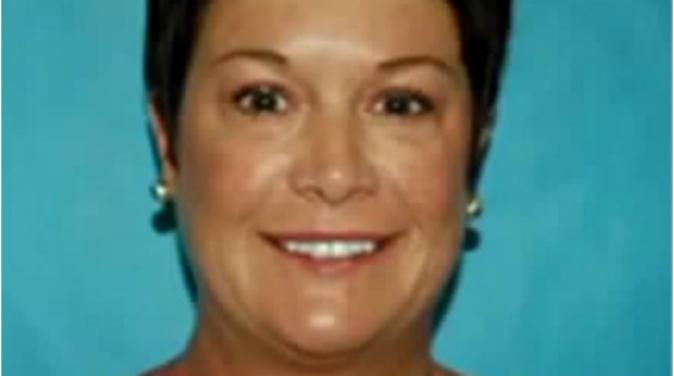Ohio Parents Brenden Bickerstaff-Clark and Lacy Wood were drug addicts raising their eight-year-old son Cameron Clark together.
Bickerstaff-Clark is in recovery and Wood died of a drug overdose on Oct. 9 at the age of 29. Bickerstaff-Clark shared the news of Wood’s death with their son—and nearly 32 million others—as he posted the video of their conversation on Facebook.
Since its release on Oct. 10, some social media users have accused the father of exploiting his son’s vulnerability; while others have commended the dad for drawing attention to the nation’s heroin epidemic. Bickerstaff-Clark was aiming for the latter, stating that he hoped the video would be a wakeup call for addicts, particularly addicts with children.
“That was my motive in putting it out there, to show the impact it has on our children,” he said in an interview with WFMJ.
He captioned the controversial video with a similar message, writing: “This is for any and every addict with children.This is the realization and reality of our disease. Don’t let this disease have to make someone tell your child that you’re dead because of drugs.”
Wood’s overdose is a microcosm of the drug problem in the U.S. as well as the state of Ohio. Last month, East Liverpool police posted disturbing images of a couple passed out after overdosing on heroin as a 4-year-old child sat in the back seat of their car.
Rhonda Pasek, 50, was sentenced to six monthns in jail after she pleaded no contest to a child endangering charge; her boyfriend, 47-year-old James Lee Acord was sentenced to nine months in jail after pleading no contest to child endangering and operating a vehicle under the influence.
In 2014, Ohio was one of five states—West Virginia, New Mexico, Kentucky, and New Hampshire—with the highest rates of opioid overdose deaths, according to a report by the CDC. The same year, 61 percent, or 28,647, drug overdose deaths in the United States—the most deaths than any previous year—were attributed to opioids, including heroin.
The harsh reality of heroin abuse is evident in Ohio’s statistics and was a reason Bickerstaff-Clark didn’t sugarcoat the circumstances surrounding Wood’s death.
“You want me to lie to my son and say oh what, it was a car wreck or suicide? No, I’m going to be honest with my son because you know what in the future when someone tries to offer him something, some drugs or whatever the case may be in whatever situation, maybe my son will think about this and see what it did to his family, see what it did to his mother,” he wrote.
On Oct. 3, Facebook user Courtland Garner livestreamed a Memphis couple unconscious on a sidewalk who had just finished snorting heroin in a local Walgreens.
Garner also faced backlash for the unsettling video but said he wanted to deter children from participating in drug use.



